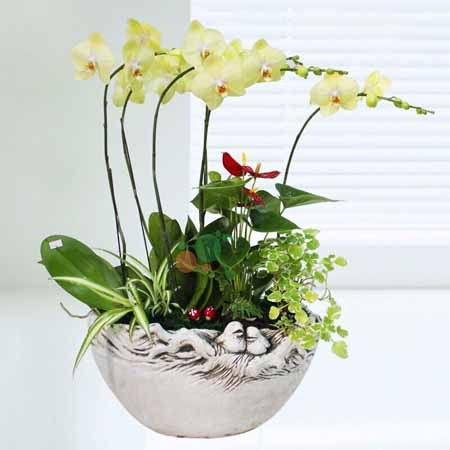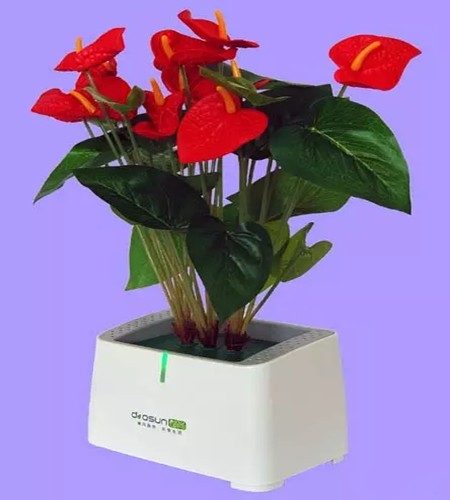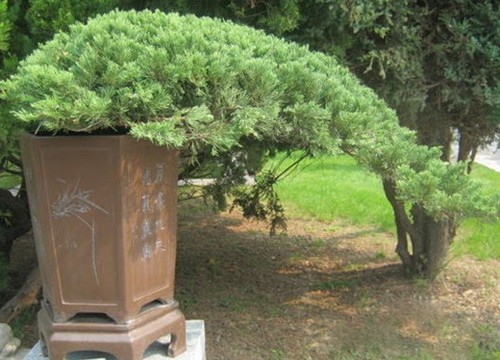How to prepare the cultivation substrate of Anthurium andraeanum bonsai
Home potted Anthurium can be selected peat soil, pearlite, bone meal mixed into a composite matrix, the bottom of the basin to be padded with coarse sand conducive to drainage. Before placing Anthurium andraeanum in the pot, disinfect the soil matrix. Place Anthurium andraeanum plants in the center of the pot, fill the culture soil to the pot surface, and pay attention to exposing the growth point in the center of the plant and the leaflets at the base. After planting, timely spraying inoculants to prevent the occurrence of Phytophthora and Pythium.

Because Anthurium andraeanum grows as epiphyte or semi-epiphyte under natural conditions, its aerial roots can absorb water from humid air, so the cultivation substrate must be similar to its natural growth attachment substrate, that is, have better water retention, hydrophobic and breathable properties, otherwise it is easy to cause root rot. The requirements of Anthurium for cultivation substrates are as follows:
1. Good water retention.
2, can remove excess water in time.
3, not easy to rot.
4, can maintain a loose breathable state for a long time.
Does not contain or release toxic substances.
The common substrate is imported peat. In addition to peat, more and more growers are now using coconut husks. Coconut chaff sifted through a mesh can be used as a substitute for peat, which has good capillary absorption and a relatively high air content. Using 40% coconut bran does not cause any problems in cultivation.
Time: 2019-05-23 Click:
- Prev

How to improve the appreciation of Anthurium andraeanum bonsai
Anthurium andraeanum, also known as andzu flower or fire crane flower, is a more ornamental plant variety. Anthurium andraeanum is a kind of plant mainly produced in tropical South America, but after extensive introduction and cultivation, Anthurium andraeanum can be found in Asia, Europe and other places.
- Next

Cutting techniques of Sabina vulgaris bonsai
Ground cypress, also known as cypress, climbing cypress. Belongs to the cypress family, the genus Sabina. Evergrape shrubs. Because of its twisted dry diameter, fine branches and strong adaptability. Easy to shape and other features are loved by the majority of bonsai lovers. Cuttage propagation of Sabina vulgaris is a kind of propagation method with high performance-to-price ratio, so it is often adopted.
Related
- Fuxing push coffee new agricultural production and marketing class: lack of small-scale processing plants
- Jujube rice field leisure farm deep ploughing Yilan for five years to create a space for organic food and play
- Nongyu Farm-A trial of organic papaya for brave women with advanced technology
- Four points for attention in the prevention and control of diseases and insect pests of edible fungi
- How to add nutrient solution to Edible Fungi
- Is there any good way to control edible fungus mites?
- Open Inoculation Technology of Edible Fungi
- Is there any clever way to use fertilizer for edible fungus in winter?
- What agents are used to kill the pathogens of edible fungi in the mushroom shed?
- Rapid drying of Edible Fungi

